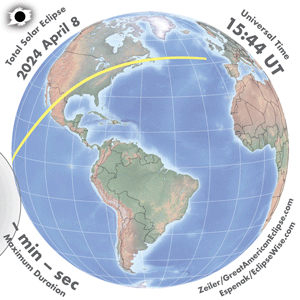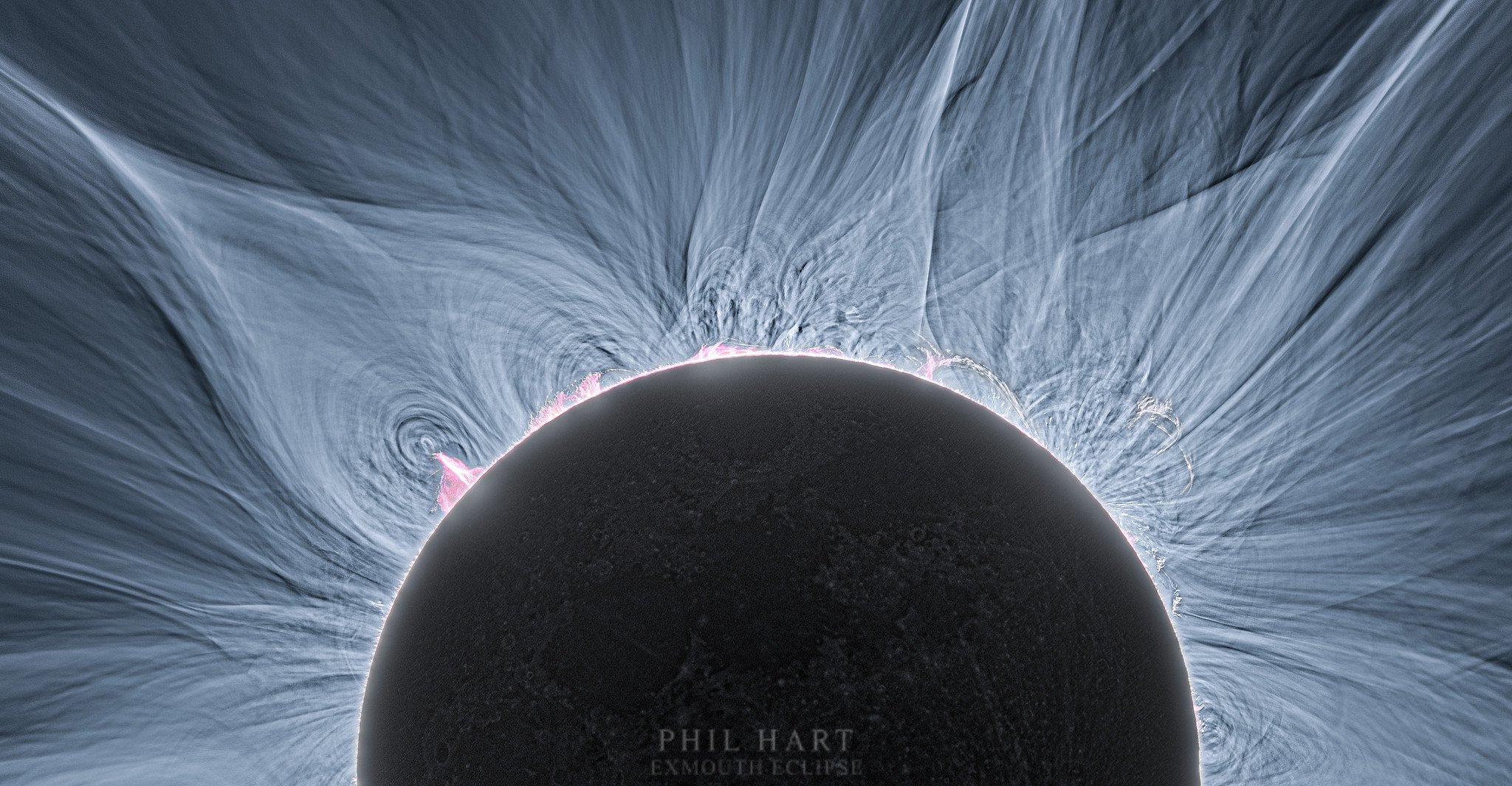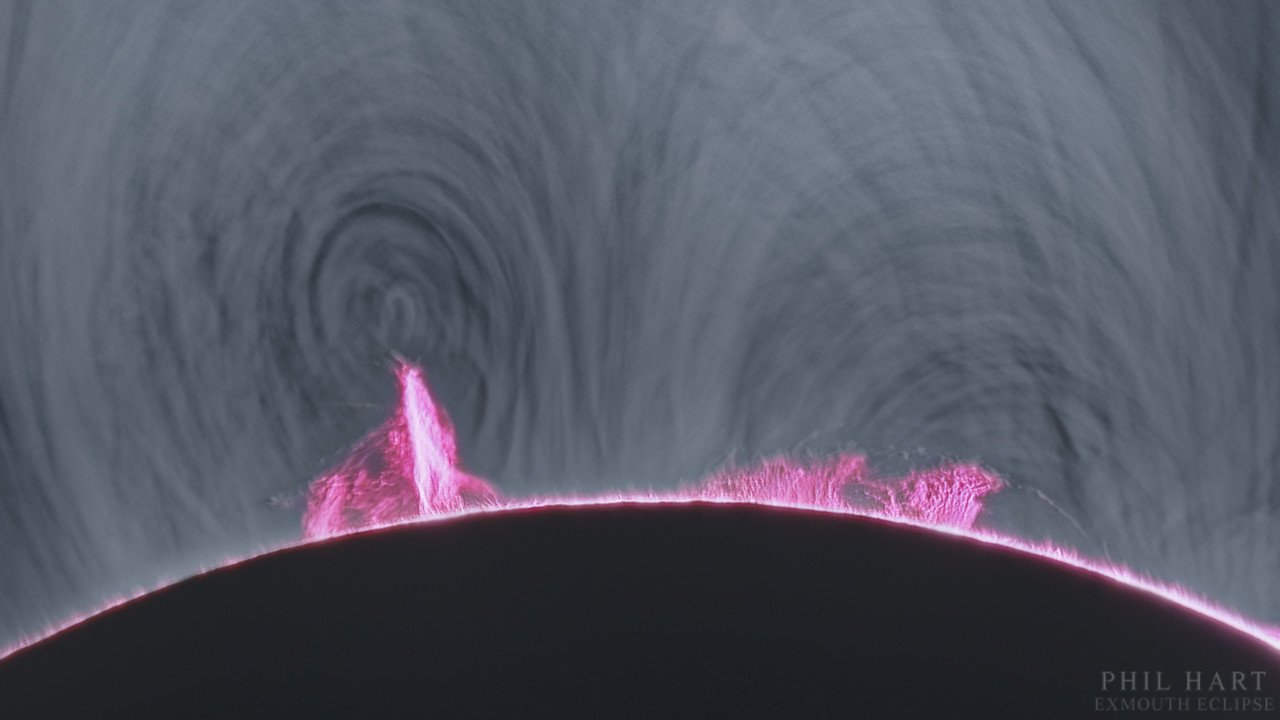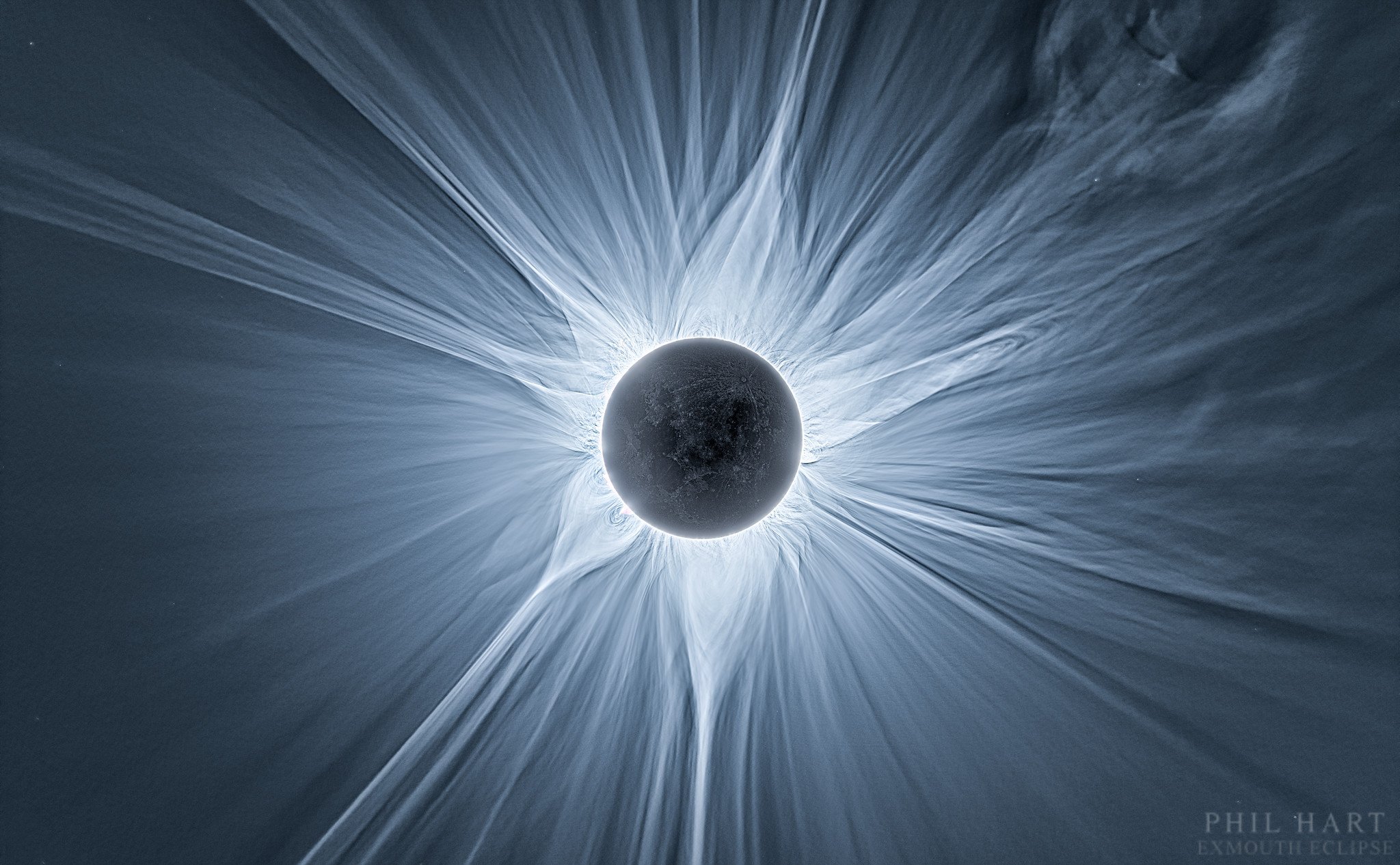From- Sky & Telescope
Edited by - Amal Udawatta
THESE ARE THE STAGES OF A TOTAL SOLAR ECLIPSE. THE PARTIAL PHASES LAST ABOUT AN HOUR . AND 20 MINUTES.
The next total solar eclipse to visit North America will be April 8, 2024. The duration of totality will be up to 4 minutes and 27 seconds, almost double that of The Great American Eclipse of August 21, 2017. The 2017 total solar eclipse was witnessed by about 20 million people from Oregon to South Carolina, and the upcoming 2024 Great American Eclipse is sure to be witnessed by many millions more.
Because of what they saw — the exquisite beauty of the Sun’s corona hanging in the suddenly darkened sky — many millions more will know that a total solar eclipse is something truly worth seeing. In the US, totality will begin in Texas at 1:27 pm CDT and will end in Maine at 3:35 pm EDT on April 8, 2024. Our GIF below, books, maps, and our new mobile app, show exact times and durations in many locations along the path of totality
These images from the April 20, 2023 total solar eclipse from Exmouth, Australia are kindly provided by Phil Hart. They provide a preview of what you might see on April 8 as the Sun is near the maximum of its 11-year sunspot cycle. More at philhart.com
If you’ve never seen a total solar eclipse before, put it on your bucket list and mark the date. It is truly a breath-taking sight. You won’t regret traveling to see the Sun’s corona, while you stand in the shadow of the moon!

The Moon’s Shadow
This animated GIF shows the Moon’s shadow arcing across the Pacific, then traversing North America, and ending at sunset not far from Spain. The very longest duration will be near Torreon, Mexico at 4 minutes and 27 seconds.
The inner black circle, the umbra, is where the shadow is complete — a total eclipse of the Sun. The outer shadow circle, the penumbra, shows the extent of the partial eclipse. The partial eclipse will be slight near the outer circle and deep near the path of totality. In a deep partial eclipse, the sky will cool and sunlight will take on an eerie quality. We encourage you get inside the path of totality! 99% is not the same as 100%. You will only see the corona when you are at 100% eclipse; inside the path of totality.
Map of Totality
This map of the April 8, 2024 total solar eclipse shows durations of totality, what time greatest eclipse is, the degree of partial eclipse outside the path of totality, and the major cities of North America. Use this to find your best location for nature’s greatest sight.
MAP OF THE APRIL 8, 2024 TOTAL SOLAR ECLIPSE. YOU CAN PURCHASE THIS MAP AT .GREATAMERICANECLIPSE.COM/MAPS-AND-POSTERS




Comments
Post a Comment